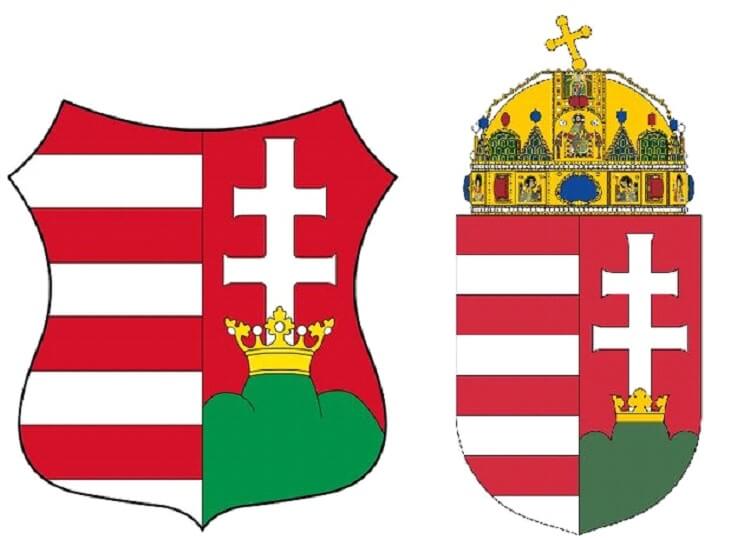The Hungarian coat of Arms
With or without the Holy Crown
Tomorrow, March 15 is the main national holiday commemorating the 1848/49 Revolution and War of Independence against the Habsburgs, and its main symbol is a coat of arms without the Holy Crown. Here is a brief insight into its origin and symbolism.
One of the many paradoxes about Hungary is its form of state. Today, it’s a republic, but the official coat of arms of the country displayed all over, including the Hungarian passport, is the one with the Holy Crown, which might suggest to outsiders that we are still a kingdom. After a fierce debate, the first democratically elected Parliament after the fall of Communism voted for the original coat-of-arms with the Holy Crown in July 1990.
However, the one without the crown, popularly called the Kossuth coat-of-arms, became the symbol of the short-lived first republic of 1849 led by Lajos Kossuth, and then revived after the Great War in 1918, then after World War II and, finally, in the 1956 Revolution.
The main message of the lack of the crown was that Hungarians did not acknowledge that the Habsburg Dynasty was heir to the crown of St Stephen, the founder of the state of Hungary in the year 1000. The two coat-of-arms represent the ongoing dilemma of the nation: Whether we should stick to the grand old glory of the Hungarian Kingdom or choose the symbol of modern Hungary.
March 15 is about the latter.
